Delhi Education
Home / Delhi Education
Teachers’ Pay
The Delhi School Education Act and Rules 1973 made a distinction between Government Schools, Government-aided Schools and Unaided Private Schools. As a result of this, the Managing Committees of aided schools lost the autonomy they once enjoyed. This reduced their control over the staff because the selection of the staff was now required to be based on internal promotion or on the lists of candidates sponsored by the Employment Exchange. This reduced the chances of recruiting specially-identified Principals and teachers who could maintain the high standards for which the schools had once received acclaim. Another contentious feature of the prevailing Delhi School Education Act is that all schools need to pay salaries to teachers in tune with government scales. But there is a huge difference in fees, in certain cases as high as 200% between the low end and high end schools. It would not be fair to expect all schools to adopt the government scales as compliance exists only on paper but in reality teachers are paid less. Further, there is a need for 1,400 teachers in primary schools, but for the past two years there hasn’t been any recruitment in this regard. The Right to Education Act says the student-teacher ratio cannot be more than 40 to 1, but as the blame game continues, the future of lakhs of students remain at stake.
The Right to Education Act
The total number of schools in Delhi is around 5,500. And if we look at the fees, we are bound to get shocked. Most of the nursery schools in Delhi charge more than IITs. The Hindu recently quoted that the RTE Act of India comprised more of wrongs than rights. Firstly, we can’t deny the fact that amount and quality of education given to both the rich kids and the poor kids are the same (in the elementary level). But, what would be the fate of the economical weaker kids once they finish their elementary education? The tuition fee itself is more than the annual income of their parents. Children are forced to quit such schools and get back to unrecognized schools. Though the RTE Act has been passed, it is not being implemented with sincerity. One reason for this is utter negligence on part of the government because the flawed point system restricts admissions to only those children who fall under some criteria. And children from rich families are very much unfortunate. Because of this, many students who are interested in studies end up with no admissions.
According to a survey done by Samajik Suvidha Sangam Society under the aegis of the Delhi government, New Delhi has 2.42 lakh children out of school. Only 71% of Delhi’s children attend school against the national figure of 94.5%. The educational disparity between the rich and the poor in Delhi can be judged from another finding of the survey which found that only 4.7% of the people in slums clusters were graduates. Only about 20% were found to have completed elementary education, 15.2% primary and only 7.9% higher secondary.
The other major problem demanding urgent action is land allotment for educational institutions. Over 270 schools in Delhi were given the lands at throwaway prices with a condition that schools must admit children from the economically weaker sections of the society. The schools, however, have failed to adhere to this condition. Hence, the Delhi government began to pressurize such schools to get admission for poor children also. The government also specified its orders by stating that children from families whose annual income is below 48,000 should be given both free admission and free education in the schools. However, the statement is applicable only for class 11 students. The government has stopped negotiating into the matter any further, and the schools have come back to their ruthless practice.
WAY FORWARD
- 15 new colleges for East, West and Dwarka campuses of Delhi University
- Linking Delhi institutes in Delhi with Harvard, LSE and ivy-league universities
- More medical, engineering and other professional colleges on PPP Model
- Streamlining distance education and linking it with global institutions
- Inter-university programmes on subjects like Environmental Engineering, Disaster Management and Transportation & Traffic Engineering etc.
- New establishments of prestigious institutions in other states (IIMC model) so that students from other states can study in these institutions in their own states, and don’t need to come Delhi in large number.
ENABLING AND FACILITATING HIGHER EDUCATION The role of any government must also be to enable and facilitate not only access to education but also the education process itself. In this regard too, the Congress government has shown lack of vision and planning. It is imperative that some key steps be taken.
These include the following:
- Creation and extension of hostel facilities
- Making campuses and colleges more safe for students, especially women students
- More U-Specials and concession on metro travel of at least 10 per cent for all college students
- Linking Skill Development and employment with Higher Education
- Support to students from weaker sections:
- Empowerment of economically weaker sections has been a priority for the BJP since long.
We find a number of Plan schemes and programmes being implemented for the welfare of SC / ST students. But there is no provision in these plan schemes for providing scholarships to students of economically weaker sections. It is the demand of the time to make a provision to provide financial assistance to students of weaker sections in order to enable them to pursue higher education courses. The assistance to economically weaker section students may be given on merit-cummeans basis, out of those who are desirous to pursue higher education.
The students of economically weaker sections can also enhance their skills and capabilities for ensuring the rapid economic development and integration in the national main stream. The students who could not seek admission in higher education / Colleges due to high level of admission fee will be benefited by this scheme.
Education, as perceived by the lower strata of the society is neither a status symbol nor a passport for going abroad. It’s simply a way to mpower one to earn money. That circumscribes the whole gist of it. And the very element of vocational training, quality and the tool to empower one to earn money is missing.
A concerted political will and commitment is required to deliver the state’s promises to its people of access to education and empowerment leading to a better quality of life. The need of the hour is to upgrade the Higher Education system to train the increasing proportion of young population so India can truly realise the prophesised ‘Demographic Dividend’, and nowhere is this more evident than in Delhi, where thousands are being denied admission to colleges in their hometown.
Vision for Delhi
My visions for Delhi stems from these inspiring words of Swami Vivekanada. I sincerely believe that Delhi has enough number of brave, bold men and women who can make it not only one of the best cities.
My vision for Delhi is that it should be a city of opportunities where people
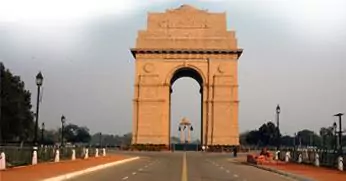
Dog Menace
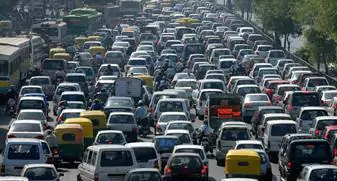





Latest Updates
People Says

Vijay Goel is a national leader with wider vision and worked on the ground in Delhi.
Shantanu Gupta

No cricket with Pak until terrorism stops, says sports minister Vijay Goel Finally! Kudos for a much needed call!
Amrita Bhinder

Simply will appreciate Vijay Goel’s working style, witnessed his personal attention to west Delhi – Paschim Vihar ppl even at late hours.
Neerja

One must appreciate how Vijay Goel is working so hard and looking out for all sports. One can feel the change. Best wishes!
Saurabh Thapliyal
Vijay on Issues

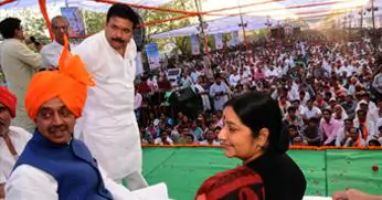
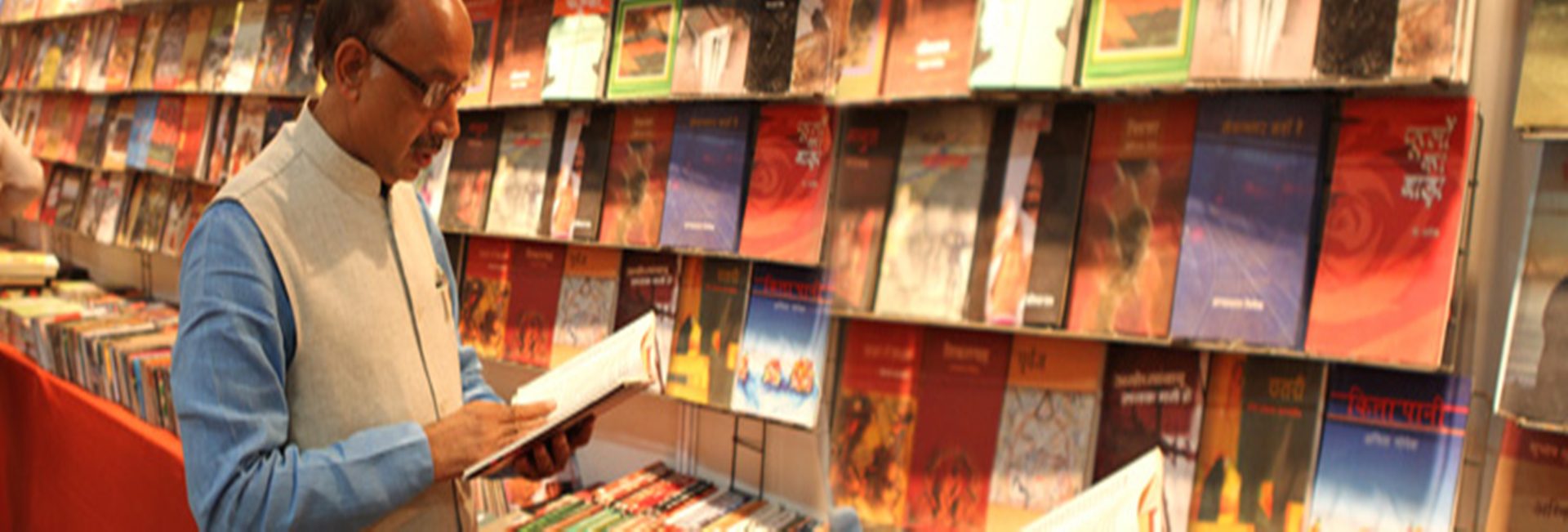






Achievements

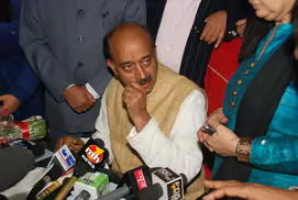


Vijay's Initiatives



